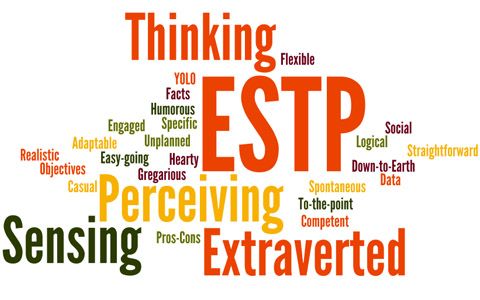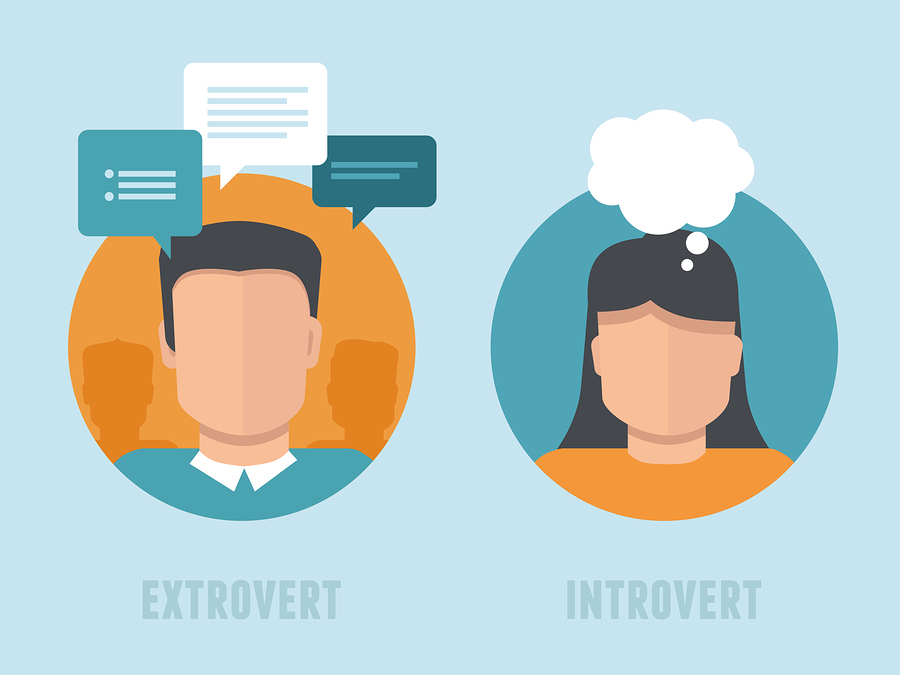12 Mar

Stay Connected – 








What’s Your Personality? The MBTI® Type Indicator In Greater Depth
The Myers-Briggs Type Indicator® (MBTI®) assessment tool has a system in place to help you to unlock the secrets of your personality. It will not only reveal to you that you have a personality, it will also help you discover what type of personality you actually have. It accomplishes this by first helping you understand the different basic aspects common to all individuals. These are called dimensions.
The Four Dimensions, 4 Pairings, and Personality Types
The MBTI® assessment provides you and its professional interpreters with 4 specific dimensions. These core dimensions comprise every known personality. They, in turn, consist of 4 pairings. Together, they comprise the basis for deriving your personality type. In total, the combinations create 16 different personality types.
The dimensions and the 4 scales they create can be best displayed in the following table.
|
Dimension |
Preference 1 |
Preference 2 |
|
Focus of energy and how we interact with our world |
Extraversion (E) |
Introversion (I) |
|
How we prefer to take in information |
Sensing (S) |
Intuiting (N) |
|
How we assess information and make our decisions |
Thinking (T) |
Feeling (F) |
|
Our lifestyle and orientation in life |
Judging (J) |
Perceiving (P) |
The Pairs
The pairs labeled preference 1 and 2 are part of an overall continuum. There is a distinct midpoint that divides them. As a result, every person will fall into one or the other category. The combinations that are mathematically possible from these groupings, however, result in 16 different personalities. These will be discussed in a later article, but for now, the focus is on defining and explaining the different preferences as they form part of the initial pairs.
-
Extravert/Introvert:

Extraverts look to the outer world, Introverts prefer the inner world. While I personalities focus on their energy and time on their inner selves, the Es of this world are out there meeting, greeting and intermingling. The Is of the world may not be out-and-about with as much panache, but they are appreciated because they usually do what extraverts often do not—actually listen to what someone is saying. Moreover, Es tend to act before they think while Is think carefully before they act.
-
Sensing/Intuiting:
S people accept what is factual, actual and certain. N people look toward inspiration as a guide to what is possible. Sensors are often seen as having a narrow vision because they only appreciate a new idea or concept if it is practical. Intuitives, on the other hand, are considered creative or sometimes overly “artsy” individuals since they like new ideas and concepts simply because they are new.
-
Thinking/Feeling:
T individuals are firm and logical applying impersonal analysis. F people value harmony and empathy, perceiving the effect a decision may have on others. The result is the perception of Thinkers as being cold, calculating and even heartless while Feelers are seen as feeling too much and therefore, overemotional, weak, and even illogical.
-
Judging/Perceiving:
J individuals like decisions to be made, while P people like to leave their options open. Js prefer structure and order, planning ahead. Ps like to go with the flow, are flexible and prefer to adapt to a situation. For Judgers, the product is the important aspect; for Perceivers, the process is what matters.
The Myers-Briggs Type Indicator® (MBTI®) assessment tool provides individuals and trained specialists with the tools for determining what type of personality you have. This becomes very valuable information for when you are deciding upon a career, a relationship and many group efforts.








